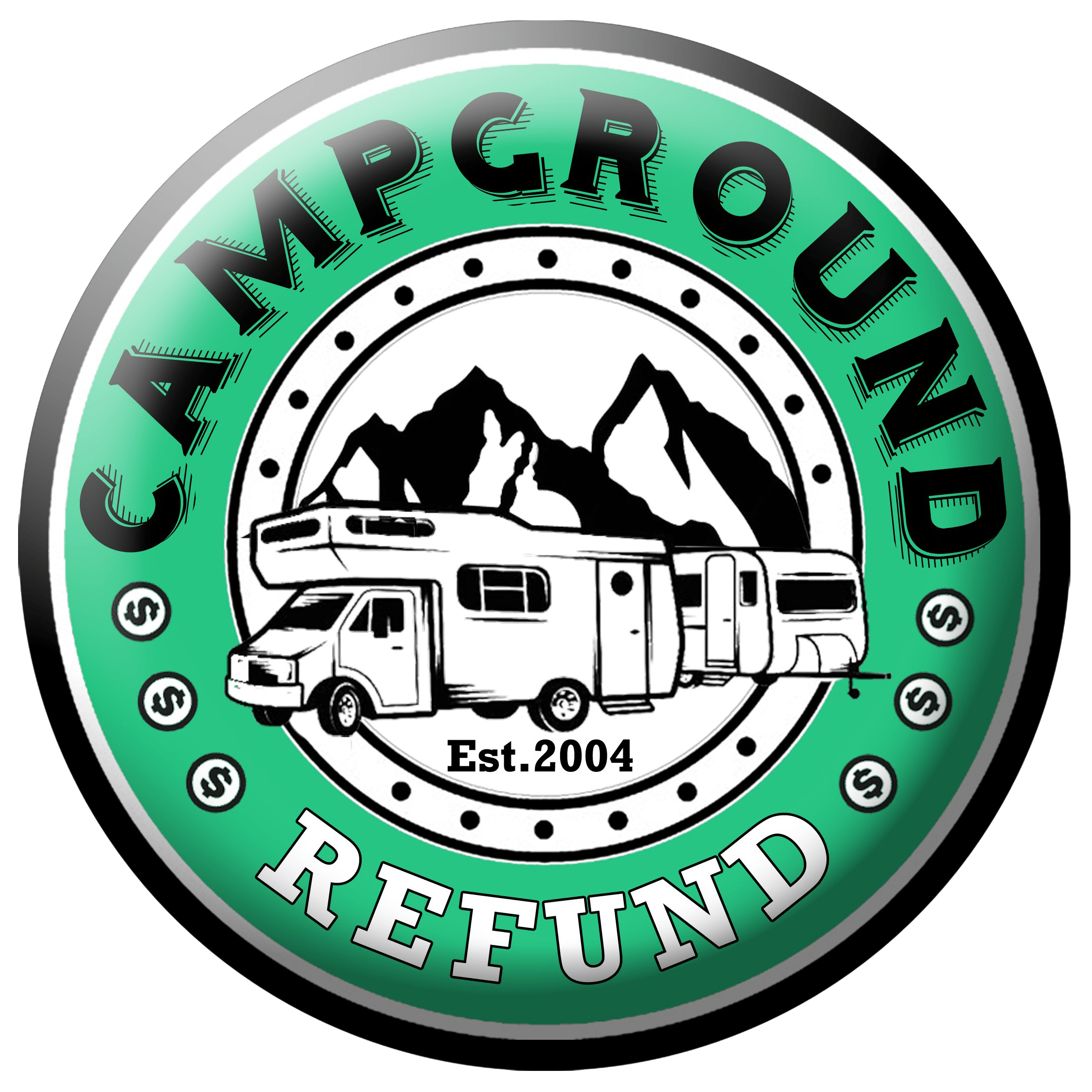2021 Is Off to a Great Start: Exciting Trends in the Campground Industry
Economic Impact of RV Camping
Texas, for instance, sees an impressive $1.8 billion annual economic impact from RV camping, according to the RV Industry Association (RVIA). This figure underscores the significance of RV camping in driving local economies and creating jobs.
Preferences of RV Owners
A notable trend is that roughly 89% of all RV owners prefer RV camping over traditional camping methods. This preference showcases a shift toward the comfort and convenience that RVs offer, making them a popular choice for travelers seeking adventure without sacrificing amenities.
Cost-Effective Vacations
If you’re considering an RV vacation, you’ll be pleased to know that it’s approximately 60% less expensive than a traditional vacation, as reported by CBRE Hotels. This affordability is attracting more families and individuals looking for budget-friendly ways to explore.
Full-Time RV Living
The allure of RV living is undeniable, with about 1 million Americans choosing to use their RVs as full-time residences. This trend has been fueled by the desire for flexibility and the opportunity to travel while maintaining a comfortable home base.
Exploring Beyond Campgrounds
Interestingly, only 20% of RV owners take advantage of non-traditional camping options, such as boondocking or parking at Walmarts. This leaves a significant opportunity for campers to explore more unique and off-the-beaten-path experiences.
New RV Buyers on the Rise
The demand for RVs continues to grow, with dealers estimating that 50% to 80% of sales in the past year were from first-time buyers—up from 25% to 35% the previous year. This surge indicates that more people are discovering the joys of RV camping.
RV Types and Trends
When it comes to RV ownership, conventional travel trailers make up 1 in 5 RVs on the road. However, fifth wheels are gaining popularity, with 94,000 wholesale shipments in 2019 compared to just 62,000 motorhomes. This shift highlights changing preferences and the growing appeal of larger RVs for families and long-term travelers.
Mileage and Travel Frequency
On average, RV owners log about 4,500 miles annually, with 90% taking at least three trips each year, according to the University of Michigan. This high travel frequency reflects the growing commitment of RV owners to explore the great outdoors.
Affordable Camping Costs
When it comes to camping costs, the per-night rate varies between $25 and $80, depending on location and amenities. The average cost for a camper spot with power and water is around $45 per night, making RV camping an accessible option for many.
Shipping Trends
The RV industry is witnessing robust growth, with 40,462 RVs shipped in June 2020—a 10% increase from the same month in 2019. Additionally, September 2020 saw a remarkable 31.2% year-over-year increase, demonstrating the industry’s resilience and appeal.
Conclusion
These statistics from Campground Refund illustrate the thriving state of the campground industry as we head into 2021. As more individuals and families embrace RV camping, campground owners have a unique opportunity to enhance their profitability and success.
If you’re looking to capitalize on these trends, remember that Campground Refund is here to assist you in maximizing the potential of your campground investments. Let’s make 2021 a year of growth and adventure in the great outdoors!
